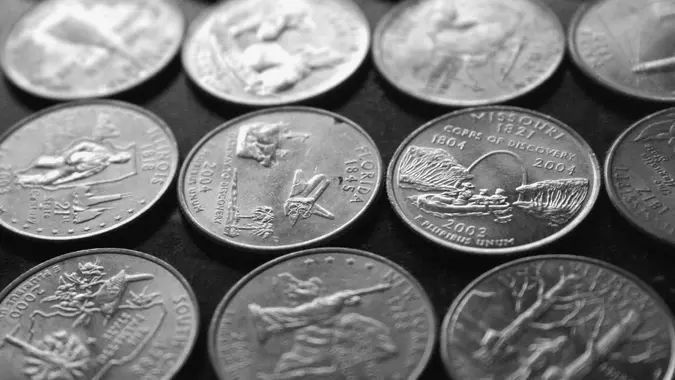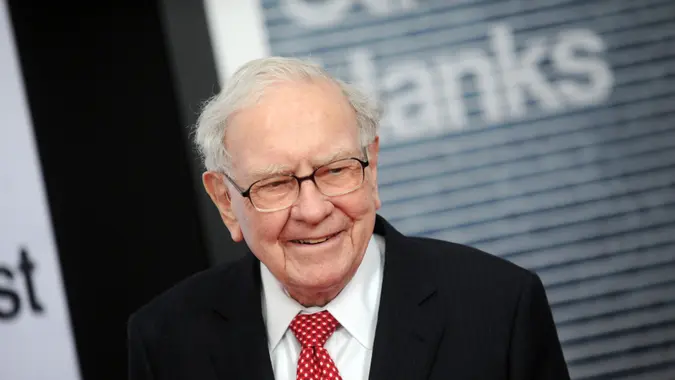7 Things You Must Do When Your Savings Reach $100K

Commitment to Our Readers
GOBankingRates' editorial team is committed to bringing you unbiased reviews and information. We use data-driven methodologies to evaluate financial products and services - our reviews and ratings are not influenced by advertisers. You can read more about our editorial guidelines and our products and services review methodology.

20 Years
Helping You Live Richer

Reviewed
by Experts

Trusted by
Millions of Readers
The moment your savings reach $100,000, you may have questions about what to do next with this money. Should you continue to keep it in a savings account? Move the funds into another account? Put the money toward a specific purchase or investment?
Rather than remain in limbo about your savings, there are certain moves you can make to set yourself up for financial success in the future. Consider taking the following actions once you reach $100,000 or more in savings.
Top Off Your Emergency Fund
Those with emergency funds should aim to have roughly three to six months’ worth of expenses put aside. If you already have this saved, consider topping it off.
Add another month’s worth of expenses into the fund to better protect yourself from unforeseen expenses. Make sure this fund is in an accessible account, too.
Pay Off Debt
Individuals with high-interest debt are advised to pay it off in full. This helps you save on interest and improves your financial situation.
Invest In Long-Term Financial Goals
You added a bit more to your emergency fund and paid off outstanding debt. Now, you’re ready to start investing in long-term financial goals. These may include planning for retirement or saving for a down payment on a house.
Before you pick any one goal at random, you need to figure out which long-term financial goal is specific to your needs. Gabe Krajicek, CEO of Kasasa, recommends working with a trusted financial advisor. Use this time to review the options available to you, such as investing in stocks, bonds, mutual funds or real estate.
As you review these options, Krajicek said to consider which types of insurance you’ll need to protect your assets.
Consider Opening Additional Accounts
Opening additional accounts aside from your savings may help you save and invest more effectively. Krajicek uses the example of considering opening a 401(k) or an IRA to save for retirement if you don’t already have these accounts in place.
Another account worth exploring is a high-yield savings account. This account can help you earn more interest on your savings and is often the recommendation for where to keep an emergency fund.
If you do decide to open another account, think carefully about how you will allocate your savings. Krajicek uses the example of placing some of your savings in a high-yield savings account for short-term financial goals, investing some savings in a diversified portfolio for long-term goals and setting aside some money in an emergency fund for unexpected expenses.
Protect Your Savings
The amount of money you have in your savings, whether it is kept in one account or expanded into several accounts, must be protected using best practices.
Krajicek recommends setting up fraud alerts, monitoring your credit report, creating strong passwords, using two-factor authentication and avoiding risky financial products and investments to protect your savings.
Review Your Financial Plan
On your own and alongside a trusted financial professional, take the time to regularly review your financial plan. You want to make sure you’re on track to reach short- and long-term financial goals. If necessary, you can adjust your budget and make changes to your investments.
Consider Switching Banks
This is not a must for everyone, but it may be beneficial to those who are unhappy with fees or services offered by their current financial institution to switch banks.
“Look for a financial institution that offers competitive interest rates, low fees and convenient services such as online and mobile banking,” said Krajicek, who adds that local community banks and credit unions may also be good options depending on the needs of an account holder.
“Everyone’s financial situation is unique and having someone on your side who knows you is invaluable.”
 Written by
Written by  Edited by
Edited by 

























